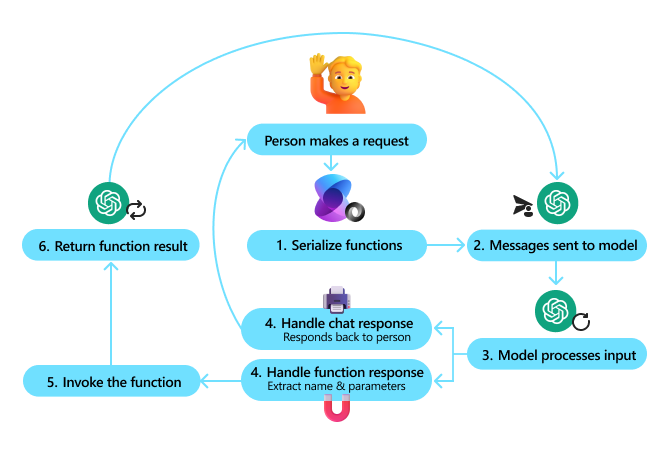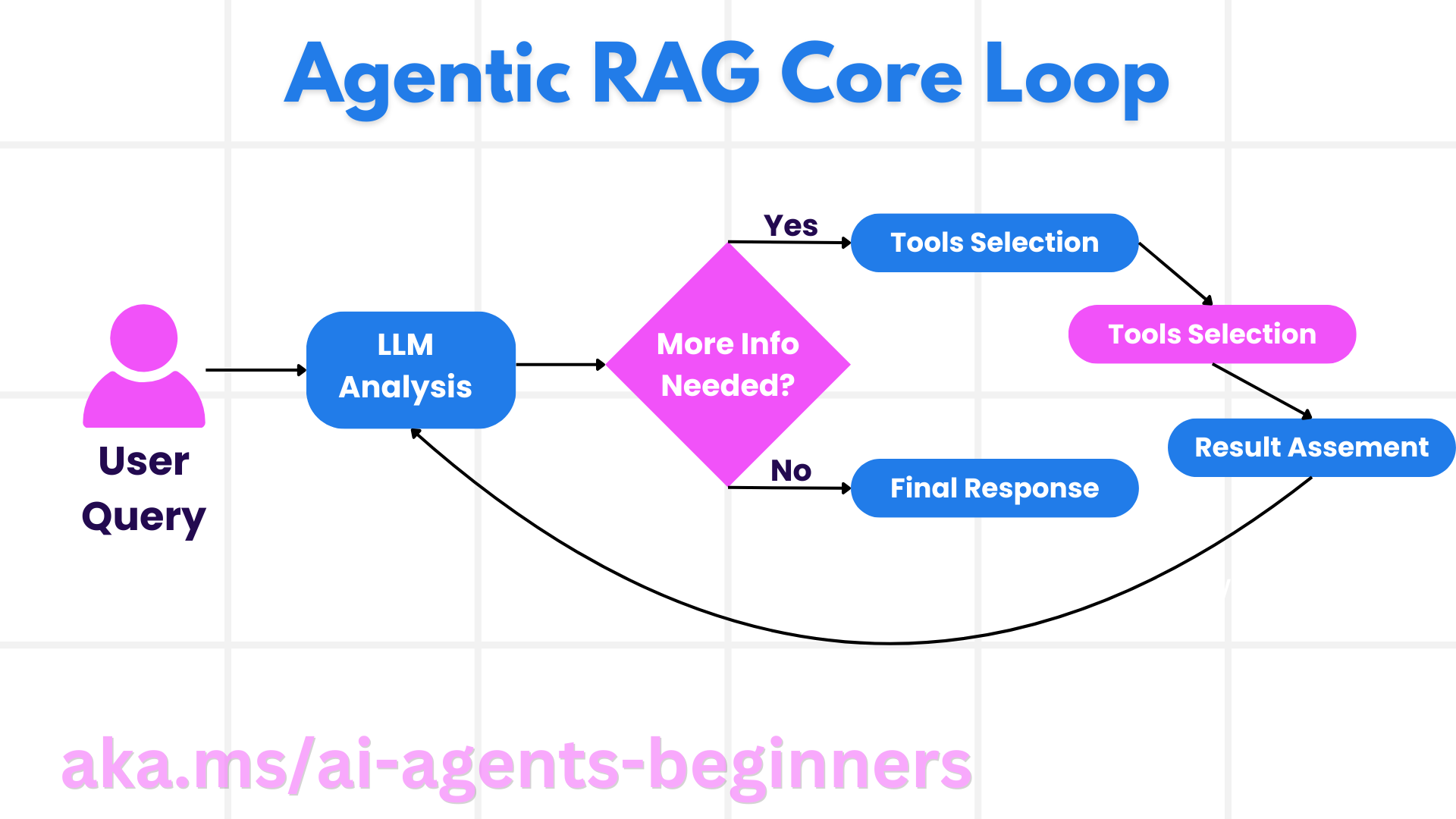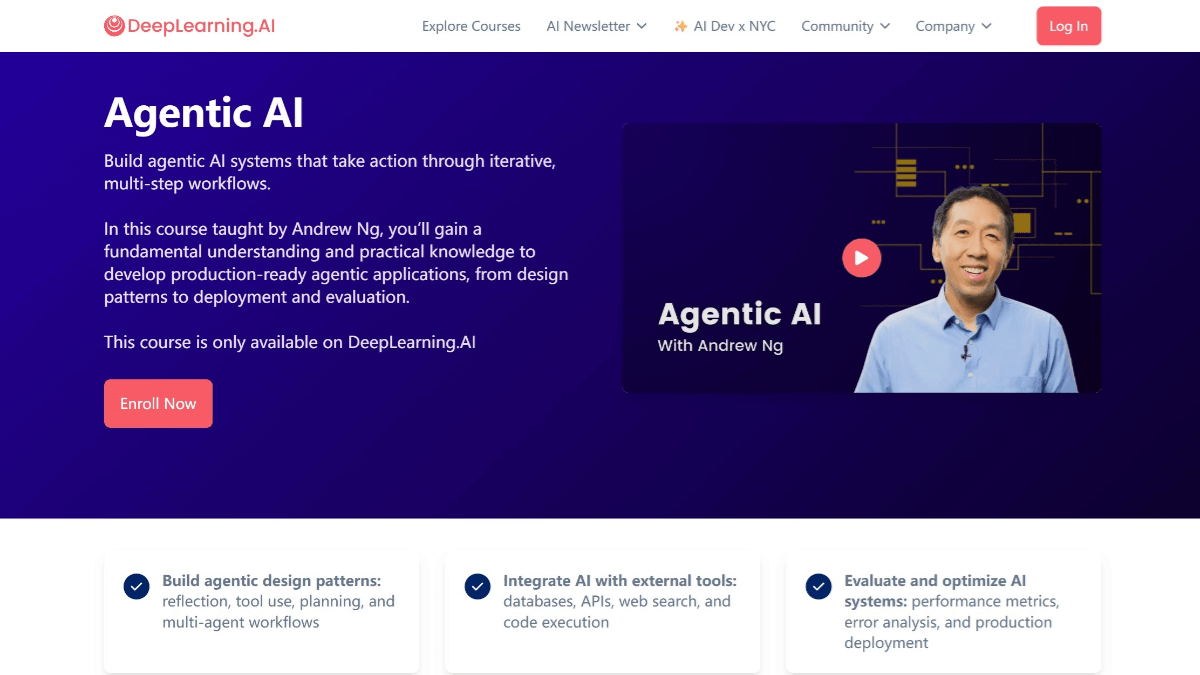Microsoft Getting Started with AI Agents Course: Introduction to AI Agents and Agent Use Cases
Welcome to the Getting Started with AI Agents course! This course provides you with the basics and sample applications for building AI Agents.
become a member Azure AI Discord Community Meet other learners, AI Agent builders, and ask any questions you have about this course.
To begin this course, we'll start with a better understanding of what AI Agents are and how to use them in built applications and workflows.
summary
This course covers:
- What are AI Agents and what are the different types of agents?
- What are the best use cases for AI Agents and how can they help?
- What are some of the basic building blocks when designing an Agentic solution?
Learning Objectives
After completing this course, you should be able to:
- Understand the concept of AI Agents and how they differ from other AI solutions.
- The most effective application of AI Agents.
- Design Agentic solutions efficiently for users and customers.
Defining AI Agents and Types of AI Agents
What are AI Agents?
AI Agents YessystemsIt makesLarge Language Models (LLMs) able to passaccess toolcap (a poem)knowledge-relatedto expand its capabilities and thusexecutable operationThe
Let's break this definition down into smaller parts:
- systems - It is important to think of the agent as a system of many components, not just a single component. At a basic level, the components of an AI Agent include:
- matrix - The defined space in which the AI Agent operates. For example, if there is a Travel Booking AI Agent, the environment could be the travel booking system used by the AI Agent to accomplish the task.
- transducers - The environment has information and provides feedback, and AI Agents use sensors to collect and interpret this information about the current state of the environment. In the Travel Reservation Agent example, the travel reservation system can provide information such as hotel availability or flight prices.
- actuators - Once the AI Agent receives the current state of the environment, for the current task, the agent will determine the action to perform to change the environment. For a travel booking agent, it might be to book an available room for a user.
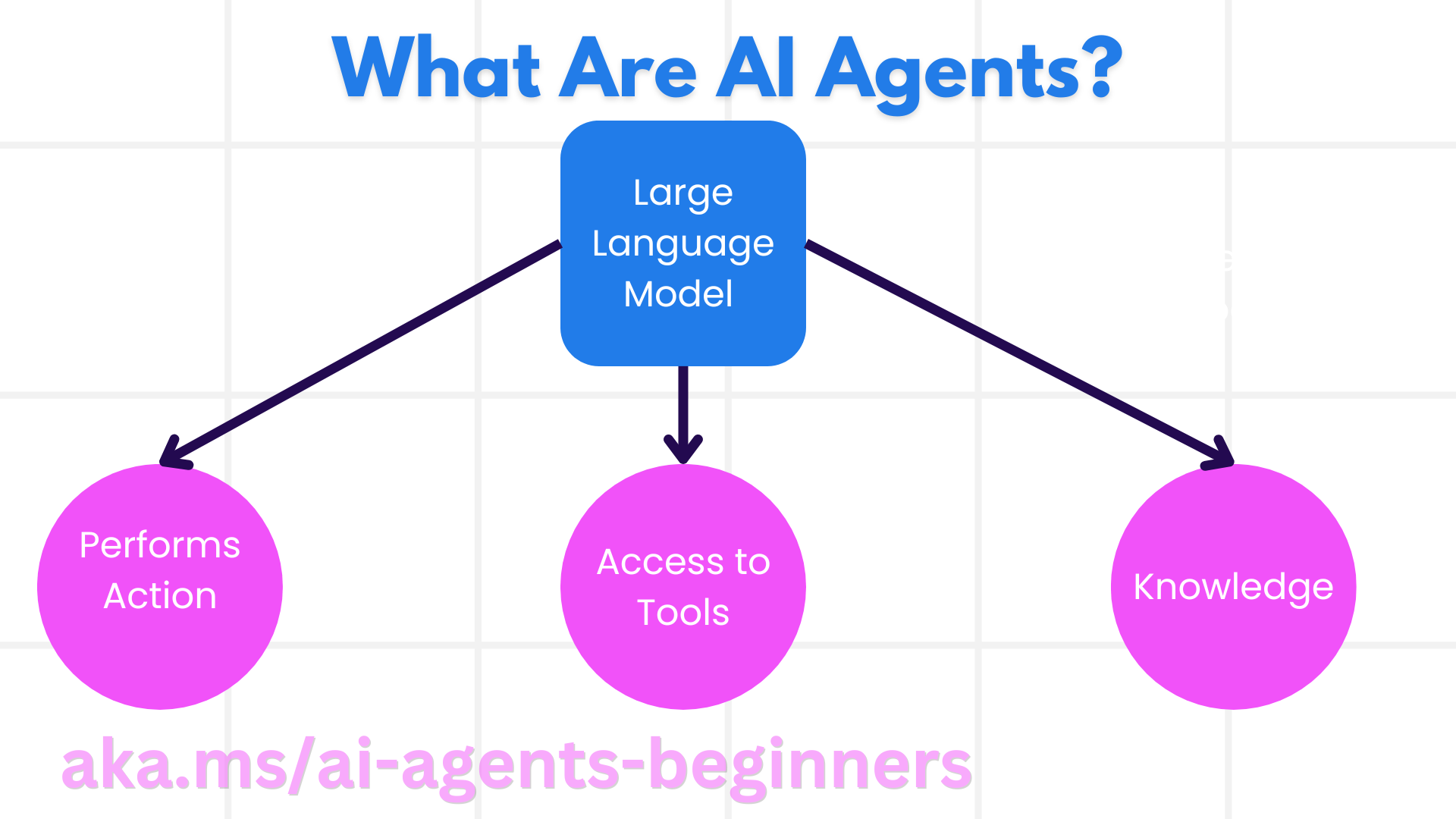
macrolanguage model - The concept of an agent predates the creation of LLMs. The advantage of using LLMs to build AI Agents is their ability to interpret human language and data. This ability allows LLMs to interpret information about the environment and define plans for changing it.
executable operation - Outside of the AI Agent system, LLM is limited to operations that generate content or information based on user prompts. In an AI Agent system, LLM can accomplish tasks by interpreting user requests and using tools available in its environment.
access tool - Which tools an LLM can access is defined by 1) the environment in which it runs and 2) the developer of the AI Agent. For our travel agent example, the agent's tools are limited by the operations available in the reservation system and/or the developer can limit the agent's tool access to flights.
knowledge-related - In addition to the information provided by the environment, AI Agents can retrieve knowledge from other systems, services, tools, and even other agents. In the travel agent example, this knowledge might be information about the user's travel preferences located in the customer database.
Different types of agents
Now that we have a general definition of AI Agents, let's take a look at some specific agent types and how they apply to travel booking AI agents.
| Agent Type | descriptive | typical example |
|---|---|---|
| Simple Reflection Agents | Performs immediate operations based on predefined rules. | The travel agent interprets the context of the email and forwards the travel complaint to customer service. |
| Model-Based Reflection Agents | Perform operations based on the world model and changes to that model. | Travel agent prioritizes routes with significant price changes based on access to historical pricing data. |
| Goal-based Agents | Create a plan to achieve a specific goal by explaining the goal and identifying actions to achieve it. | Travel agent books trips by determining the necessary travel arrangements (car, public transportation, flights) from your current location to your destination. |
| Utility-based Agents | Consider preferences and numerically weigh trade-offs to determine how to achieve goals. | Travel agent maximizes utility by weighing convenience and cost when booking travel. |
| Learning Agents | Continuous improvement by responding to feedback and adjusting actions accordingly. | Travel agent improves by using customer feedback from post-trip surveys to make adjustments for future bookings. |
| Layers Agents | In a hierarchical system with multiple agents, the higher level agents decompose tasks into subtasks for completion by the lower level agents. | A travel agent cancels a trip by dividing the task into subtasks (e.g., canceling a specific reservation) and letting a lower-level agent complete them, then reporting them to a higher-level agent. |
| Multi-Agent System (MAS) | Agents complete tasks independently, either cooperatively or competitively. | Collaboration: Multiple agents book specific travel services such as hotels, flights, and entertainment. Competition: Multiple agents manage a shared hotel booking calendar and compete to book hotels for their customers. |
When to Use AI Agents
In the previous section, we used the Travel Agent use case to explain how to use different types of agents in different travel booking scenarios. we will continue to use this application throughout the course.
Let's look at the types of use cases that are best suited for using AI Agents:
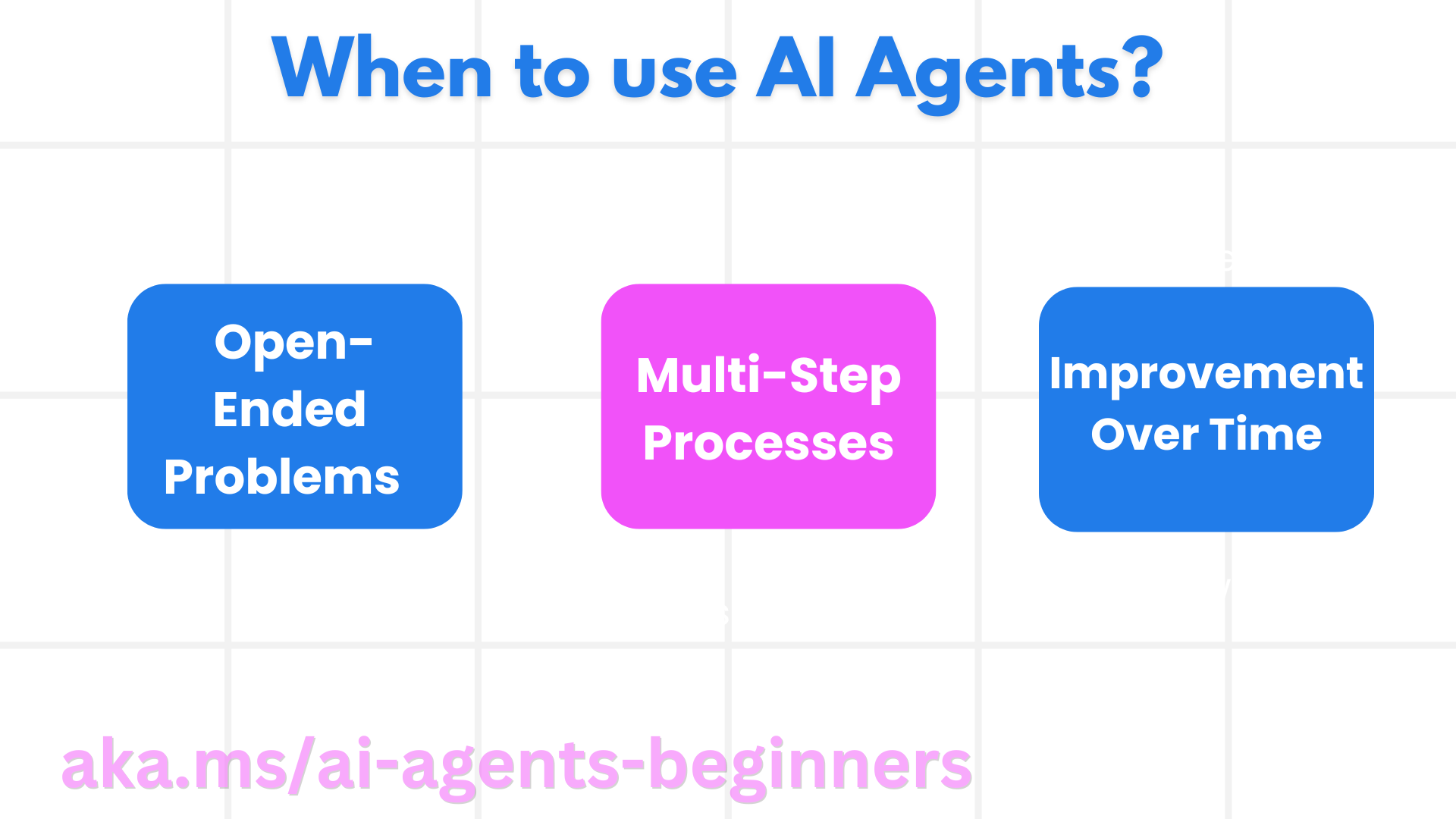
- Open-ended questions - Allow the LLM to determine the steps needed to complete a task, as it cannot always be hard-coded into the workflow.
- multistep process - Tasks requiring a certain level of complexity in which the AI Agent needs to use the tool or information in multiple rounds rather than a single retrieval.
- Improvements over time - An agent can improve tasks over time by receiving feedback from its environment or users in order to provide better utility.
We'll cover more considerations for using AI Agents in the Building Trustworthy AI Agents course.
Agentic Solution Basics
Agent development
The first step in designing an AI Agent system is to define the tools, operations, and behaviors. In this course, we focus on using Azure AI Agent Service It provides the following functionality:
- Selection of open models such as OpenAI, Mistral and Llama
- Use of license data through providers such as Tripadvisor
- Using standardized OpenAPI 3.0 tools
Agentic mode
Communication with the LLM is done through prompting. Given the semi-autonomous nature of AI Agents, it is not always feasible or necessary to manually re-prompt the LLM after a change in the environment. We used Agentic modeIt allows us to prompt LLM in multiple steps in a more scalable way.
This course is divided into some of the current popular Agentic patterns.
Agentic framework
Agentic frameworks allow developers to implement agentic patterns through code. These frameworks provide templates, plug-ins, and tools to enable better AI Agent collaboration. These benefits provide the ability to better observe and troubleshoot AI Agent systems.
In this course, we will explore research-driven AutoGen framework and the production-ready Agent framework from Semantic Kernel.
© Copyright notes
Article copyright AI Sharing Circle All, please do not reproduce without permission.
Related posts

No comments...


